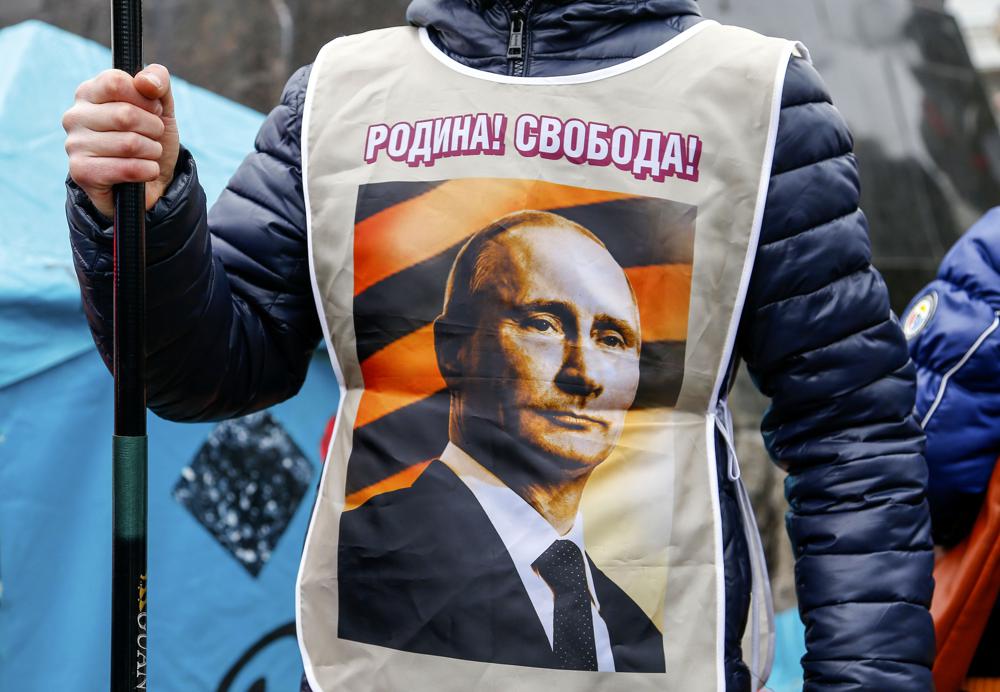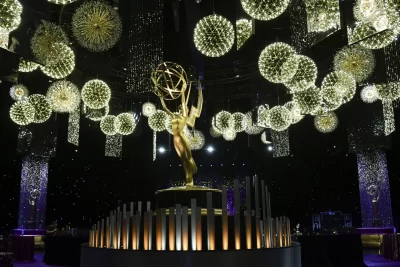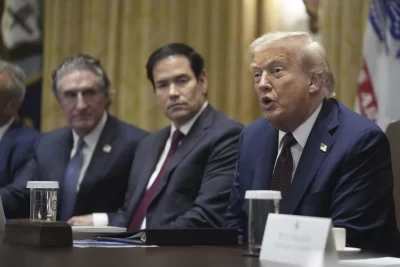
WARSAW, Poland — Russian President Vladimir Putin laid out his version of Ukraine’s history, saying essentially that Ukraine was always part of Russia. While that serves his purpose, it is also a fiction. Ukraine has its own thousand-year history.
What is now Ukraine was a contested region of shifting borders for centuries that did not come completely under Moscow’s rule until late in the 18th century during the reign of Catherine the Great, and even then the Russian Empire was never able to swallow it easily or completely.
In his present-day effort to bring an independent, Western-looking Ukraine back into Russia’s orbit, Putin is following a well-trod path of many of Russia’s rulers before him — from Peter the Great to Josef Stalin.
Every modern state, especially in Europe, has had centuries of changing borders, and the emotional tug of nationalism can lead to demands, ultimatums and often war for territory, power and influence. In his speech to the Russian public on Monday night, a sometimes sullen, sometimes angry-sounding Putin was dismissive of modern-day Ukraine, arguing that its creation as a sovereign state was a tragedy and an accident of communist leaders in the 20th century.
Acting as though there had never been a historical Ukraine until Soviet times, Putin blamed at times Vladimir Lenin, at times Stalin and at one point he saved scorn for the decision of Nikita Khrushchev to take Crimea from Russia in 1954 and award it to Ukraine.
Both Ukraine and Russia trace themselves to Kievan Rus, a trading center set up by Vikings along the Dnieper River more than 1,000 years ago, before Moscow even existed, that was originally pagan and later embraced Orthodox Christianity. Kievan Rus fell afterward to the early 13th century Mongol invasions of Europe. Muscovy did not emerge from being a vassal state until the late 15th century.
Instead of being connected to Russian Moscow, all of what is now Ukraine instead for centuries was part of the Grand Duchy of Lithuania from the 1300s, and later of the Union of Poland and Lithuania, a vast multilingual, multiethnic state whose territory encompassed almost all of what is now Poland, Lithuania, Belarus and Ukraine (and parts of what is now Russia.)
In its eastern and southeastern regions, the union’s dominant languages were Polish and Ruthenian, the predecessor to modern-day Ukrainian and Belarusian. The population included Ukrainians, Poles, Belarusians, Lithuanians, Jews and Tartars.
Uprisings by an army of Ukrainian Cossacks against Polish lords and landowners in the middle 1600s led to a Cossack alliance with Moscow and eastern Ukraine breaking off from the Polish-Lithuanian Union and pledging loyalty to the czar in 1654. Western Ukraine remained part of the Polish-Lithuanian Union for another 150 years, until Poland was partitioned for the final time in 1795 and erased from the map of Europe.
Poland rose again after World War I and fought a territorial war with Soviet Russia between 1919 and 1922, winning back much of Ukraine. Those lands returned to Soviet control a generation later during and after World War II, but after the war Ukrainian nationalist partisans fought on against the Soviets in a guerrilla resistance for several years.
The “great famine” or Holodomor imposed on Ukraine by Stalin in the early 1930s had led to millions of deaths and seeded lingering Ukrainian bitterness toward Soviet Russian rule.
That the Bolsheviks recognized Ukraine as a separate socialist republic when the Soviet Union was created was no accident.
It addressed the reality of Ukraine’s separate history and identity, poised somewhere between Moscow and the West for most of its existence, but never given the chance to rule itself until the collapse of the Soviet Union in 1991.



